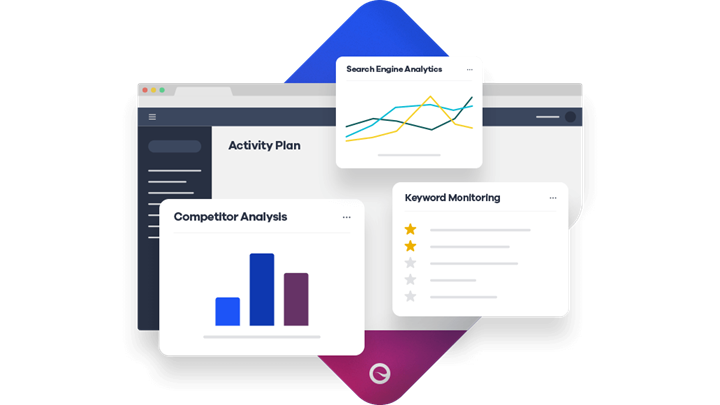
cypruswell
Literature for everyoneRevolutionizing Client Communication: The Power of Automated Reporting
Saturday , 13, April 2024 Business and Management Comments Off on Revolutionizing Client Communication: The Power of Automated Reporting
Effective communication with clients is a crucial aspect of any business. Clients need to be kept informed about the progress of their projects, the status of their accounts, and any important updates related to their business. Historically, client communication has been a time-consuming and manual process, often involving multiple emails, phone calls, and in-person meetings. However, with the advancement of technology, automated reporting has emerged as a game-changer in the way businesses communicate with their clients.
The Benefits of Automated Reporting
Efficiency
- Automated reporting streamlines the process of compiling and sending reports to clients, saving valuable time for both businesses and clients.
- Reports can be generated automatically based on predefined schedules, ensuring that clients receive the information they need in a timely manner.
Accuracy
- By automated client reporting process, businesses can reduce the risk of human error and ensure that clients receive accurate and up-to-date information.
- Automated reporting tools can pull data directly from various sources, eliminating the need for manual data entry and the associated potential for errors.
Customization
- Automated reporting allows businesses to customize the content and format of reports to meet the specific needs and preferences of each client.
- Clients can choose the frequency of reports, the level of detail included, and the format in which they receive the information, providing a personalized experience.
Implementing Automated Reporting in Your Business
While the benefits of automated reporting are clear, implementing this technology in your business requires careful planning and consideration. Here are some key steps to help you get started:
Evaluate Your Reporting Needs
- Assess the types of reports you currently send to clients and identify areas where automation can improve efficiency and accuracy.
- Consider the data sources you will need to integrate with your automated reporting system to ensure that the information is up-to-date and reliable.
Select the Right Automated Reporting Tool
- Research different automated reporting tools and select one that aligns with your business requirements and budget.
- Consider factors such as ease of use, customization options, and integration capabilities when choosing a tool.
Configure and Test the System
- Set up the automated reporting system according to your reporting needs and preferences.
- Test the system thoroughly to ensure that reports are generated accurately and delivered to clients as intended.
Train Your Team and Clients
- Provide training to your team members on how to use the automated reporting system effectively.
- Communicate with your clients about the new reporting process and educate them on how to access and interpret the automated reports.
Overcoming Challenges
While automated reporting offers numerous benefits, businesses may encounter some challenges during the implementation process. Here are some common challenges and tips for overcoming them:
Data Integration Issues
- Ensure that your automated reporting system can seamlessly integrate with all the necessary data sources to prevent data discrepancies.
- Regularly monitor and troubleshoot any data integration issues that may arise to maintain the accuracy of your reports.
Security Concerns
- Implement robust security measures to protect sensitive client data and ensure that only authorized individuals have access to the automated reporting system.
- Regularly update your security protocols and conduct security audits to identify and address any vulnerabilities.
Client Adoption
- Communicate clearly with your clients about the benefits of automated reporting and provide support to help them transition to the new system.
- Solicit feedback from clients to understand their needs and preferences, and make adjustments to the reporting process accordingly.
Conclusion
Automated reporting has revolutionized client communication by offering a more efficient, accurate, and customizable way to deliver information to clients. By leveraging automated reporting tools, businesses can streamline their reporting processes, improve client satisfaction, and ultimately enhance their overall productivity. While challenges may arise during the implementation of automated reporting systems, with careful planning and proactive measures, businesses can overcome these obstacles and reap the benefits of this innovative technology.